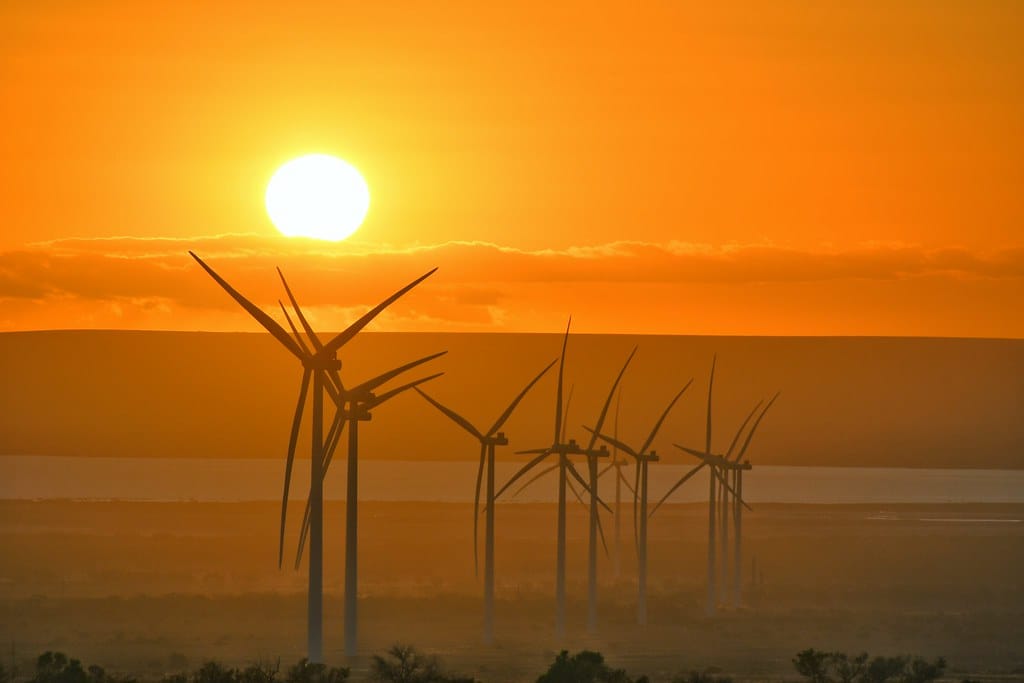India's Battery Ambitions Run On Borrowed Volts: Why the World's Largest Democracy Is Struggling to Power Its Green Future
As India races toward its ambitious renewable energy targets, a critical bottleneck threatens to derail the nation's green transition: its overwhelming dependence on imported batteries. Despite being home to 1.4 billion people and positioning itself as a global manufacturing hub, India produces less than 5% of the lithium-ion batteries it consumes—a stark reality that exposes the fragility of its energy independence dreams.
The Scale of India's Battery Dependency
India's battery import bill tells a sobering story. The country imported batteries worth $2.4 billion in 2023, with over 70% coming from China alone. This dependency spans across sectors—from electric vehicles to grid storage systems that are essential for stabilizing renewable energy output. As India targets 500 GW of renewable energy capacity by 2030, its battery requirements are projected to increase fifteen-fold, potentially pushing import costs beyond $30 billion annually.
The irony is palpable: a nation that prides itself on "Atmanirbhar Bharat" (self-reliant India) finds itself increasingly dependent on foreign technology for its most strategic energy transition needs. This dependency isn't just economic—it's geopolitical, with supply chain vulnerabilities that could compromise India's energy security.
The Manufacturing Reality Check
While India has announced grand plans for domestic battery production, the ground reality remains challenging. The government's Production Linked Incentive (PLI) scheme allocated $2.4 billion to boost battery manufacturing, yet progress has been slower than anticipated. Only a handful of companies have begun meaningful production, and most remain focused on assembly rather than full-scale manufacturing.
The technical barriers are formidable. Battery manufacturing requires precision engineering, specialized materials, and significant capital investment. India currently lacks the ecosystem of component suppliers, skilled technicians, and R&D infrastructure that countries like China and South Korea have developed over decades. Most Indian "manufacturers" are essentially assemblers, importing cells and components from abroad.
The Critical Materials Conundrum
India's battery ambitions face another fundamental challenge: the absence of critical raw materials. The country has virtually no lithium reserves—the key component in modern batteries—and limited cobalt resources. While India has identified some lithium deposits in Jammu and Kashmir, extraction remains years away and quantities uncertain.
This resource constraint forces India into a complex global supply chain dominated by a few countries. Chile, Argentina, and Australia control most lithium production, while the Democratic Republic of Congo supplies 70% of the world's cobalt. China, meanwhile, controls much of the processing and refining of these materials, creating multiple dependency layers.
Alternative Pathways and Innovation
Recognizing these challenges, India is exploring alternative strategies. The government is investing heavily in sodium-ion battery technology, which could reduce lithium dependency. Companies like Reliance Industries are partnering with international firms to develop indigenous battery technologies, while startups are experimenting with iron-air and other alternative battery chemistries.
India is also leveraging its software and engineering capabilities to focus on battery management systems and smart grid integration—areas where the country has competitive advantages. The push for battery recycling and second-life applications represents another avenue for reducing import dependence.
The Strategic Implications
India's battery dependency has far-reaching implications beyond economics. In an era of supply chain nationalism and geopolitical tensions, relying on imports for critical energy infrastructure poses strategic risks. The semiconductor shortage during COVID-19 demonstrated how quickly supply chains can be disrupted, potentially stalling India's entire energy transition.
Furthermore, this dependency undermines India's climate leadership aspirations. As the world's third-largest emitter, India's commitment to net-zero emissions by 2070 requires massive domestic clean energy deployment. Battery imports not only drain foreign exchange but also make India's climate targets vulnerable to external supply shocks.
Conclusion: Building True Energy Independence
India's battery challenge reflects a broader dilemma facing many developing nations: how to participate in the global clean energy transition while maintaining strategic autonomy. The country's ambitious renewable energy targets are achievable, but only if accompanied by serious investments in domestic battery manufacturing capabilities.
The path forward requires patient capital, technology partnerships, and a long-term vision that goes beyond assembly operations. India must simultaneously develop its critical mineral supply chains, build manufacturing ecosystems, and invest in next-generation battery technologies. Only then can the world's largest democracy truly power its green future on its own terms rather than borrowed volts.
The stakes couldn't be higher—India's energy security, climate commitments, and economic sovereignty all hang in the balance.
